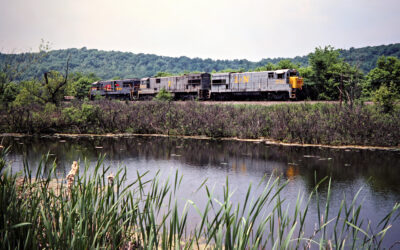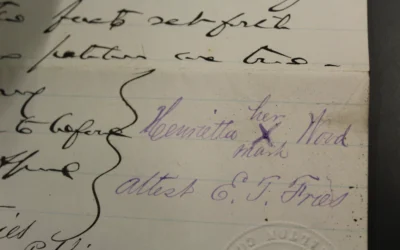The first rule of genealogical research is understanding the area and time frames for when events occurred. With this knowledge, you can determine how your family history fits into the narrative. One important event in Kentucky history was the settling of Fort Boonesborough in 1775.
Kentucky Pioneer Family Settlement Fort Boonesborough Depiction, Public DomainFort Boonesborough is Kentucky’s second oldest European-American settlement. During the American Revolutionary War, the fort served as a major frontier outpost. This historical site, in present-day Madison County, Kentucky, is one of the best-preserved archaeological sites of early westward expansion by British colonists in that period.
When Daniel Boone and his men reached the Kentucky River on April 1, 1775, they hastened to establish Fort Boonesborough. You can still visit this fort today to gain an idea of how the early settlers lived.
Establishing an Early Kentucky Settlement
As early as 1769, Daniel Boone scouted the area that is now Kentucky. Judge Richard Henderson of the Transylvania Company hired Boone to create a migration path into the central Kentucky area, which he did. Today you can travel this south-eastern Kentucky route, called the Wilderness Road Heritage Highway.
When Daniel Boone and his men reached the Kentucky River on April 1, 1775, they hastened to establish Fort Boonesborough. Henderson followed later in the month and oversaw the establishment of Fort Boonesborough and construction of its fortifications.
By the summer, there would be 26 log cabins and four blockhouses. H. Thomas Tudor compiled a list of the early Kentucky settlers from various sources.
This fort withstood many attacks during the American Revolution.
Convening the Early Kentucky Settlers
One of the earliest attempts to form a government started at Fort Boonesborough around 1775. From the Fall issue of 1975 Bluegrass Roots newsletter of the Kentucky Genealogical Society, member David Green describes how he imagines the meeting.
This description gives us an idea of how the meeting occurred. The laws enacted show what was important to the early Kentucky settlers.
Judge Richard Henderson, promoter of the Transylvania Company, saw the need for organized government. He sent out letters to the nearby forts asking for the election of delegates, and on May 23, 1775, convened. The first representative assembly attempted West of the Allegheny Mountains.
The council sat under Henderson’s Elm, which he described in his Journal as one of the finest nature had ever produced.
He said “it is placed in a beautiful plain surrounded by a turf of fine white clover forming a green to its very stock. The trunk is about four feet through to the first branches, which are about nine feet from the ground. From thence above, it so regularly extends its large branches on every side at such equal distances of its branches from the extreme ends is 100 feet, and one hundred persons nay commodiously seat themselves under its shade. This divine tree is to be our church, statehouse, and council chamber.”
What a picture those 18 delegates representing Boonesborough, Harrodsburg, Boiling Spring, and St. Asaph’s must have been made, seated on logs and buffalo skins, under that magnificent elm. Some of them were dressed in the fashion of the day-knee breeches, buckled shoes and beaver hats, others in deer-skins wearing coonskin caps. The four-day meeting was conducted with pomp and ceremony.
Col. Thomas Slaughter was elected chairman; Matthew Jouett, clerk; Robert McAfee, sergeant-arms. After divine service was performed by the Rev. John Lythe of Harrodsburg, Judge Henderson read his address, which was answered by Col. Thomas Slaughter.
The Convention proceeded to the enactment of nine laws:
- An act for establishing courts of justice and the practice therein;
- An act for the establishment and regulation of a militia;
- An act for the punishment of criminals;
- An act to prevent profane swearing and Sabbath breaking;
- An act for writs of attachment;
- An act prescribing clerks’ and sheriffs’ fees;
- An act to preserve the range;
- An act to preserve game;
- An act for improving the breed of horses.
After having adopted these laws, the Convention adjourned until the first Thursday in September at Boonesborough. But it never met again, for both Virginia and North Carolina declared its title null and void. Ouch.





